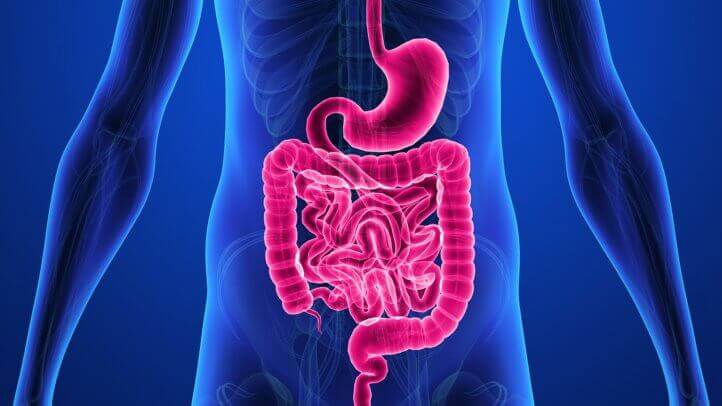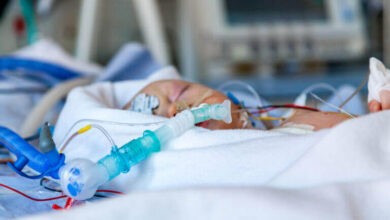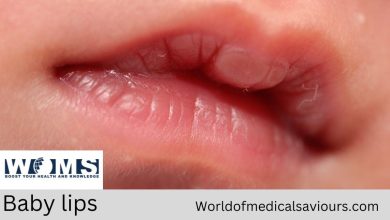Treatment for Crohn’s Disease

Crohn’s disease an idiopathic, chronic inflammatory disorder of the bowel involves any region of the alimentary tract from the mouth to anus. The inflammatory process is segmental, transmural, often with skip areas. A combination of treatment options can help you to stay in control of your disease and help you to lead a full and advantageous life. Remember that there is no authoritative treatment for Crohn’s disease.
Treatment for Crohn’s and other inflammatory bowel disorder varieties can include the use of medications, nutritional therapy, and sometimes surgical procedures to repair or remove affected portions of your GI tract.
Clinical features
Manifestation depends upon regions of bowel involved, the degree of inflammation, and the presence of complications (such as stricture or fistula).
- Children with ileocolitis typically have crampy abdominal pain and diarrhoea often with blood. Ileitis may present with right lower quadrant pain alone; colitis may be associated with bloody diarrhoea, tenesmus, and urgency. Fever, malaise, and easy fatiguability are common. Growth failure with delayed bone maturation also occurs.
- Partial small bowel destruction due to inflammation or stricture may cause crampy abdominal pain, borborygmi, and intermittent abdominal distension.
- Enteroenteric or Enterocolonic fistulas are often asymptomatic but may contribute to malabsorption. Enterovesical fistulas originate from ileum or sigmoid colon and present with signs of urinary tract infection, hematuria, or fecaluria. Enterovaginal fistula originates from rectum and presents with feculent vaginal discharge.
- Hepatic, splenic, anorectal, psoas abscess and perianal fistula may also occur. Extra-intestinal manifestations include peripheral arthritis, erythema nodosum, digital clubbing, renal stones, and gall stones.
Diagnosis
- A complete blood count demonstrates anaemia, normal or raised ESR, elevated platelet count (>600,000/mm3), normal or raised leukocyte count. Serum albumin level may be low and stool a1-antitrypsin may be elevated.
- Plain x-ray abdomen may be normal or may demonstrate findings of partial small bowel obstruction or thumb printing of colon wall. In contrast study, linear ulcers may give a cobblestone appearance to the mucosal surface.
- Colonoscopy with biopsy can be more helpful. Findings on colonoscopy include patchy nonspecific inflammatory changes, aphthous ulcers, linear ulcers, nodularity, and strictures.
- USG and CT scans are most useful to detect intra-abdominal abscess. MRI can localize areas of active disease and can be safely used in pregnancy.
Treatment for Crohn’s Disease
There is no single medical approach, and the aim of treatment is largely to alleviate symptoms
Treatment for Crohn’s disease including Crohn’s disease medications, nutritional therapy and surgical procedure are discussed below:
- If the disease is largely limited to the small bowel, oral Prednisolone 1—2 mg/kg/d (max. 60 mg/d) as a single morning dose is often the first treatment. As the disease becomes quiescent (often 3—4 week), alternate-day prednisolone is used.
- If the disease is largely limited to the colon, Sulfasalazine 50—75 mg/kg/d in 2–4 divided doses (max. 2—3 g/d) is more effective. Prophylactic use of sulfasalazine may reduce the risk of recurrence.
- In steroid-dependent or steroid-unresponsive cases, Azathioprine (or its metabolite 6 MP) 1—2 mg/kg/d can be used. Metronidazole is also used in intractable Crohn disease.
- In perianal fistula, Ciprofloxacin and Clarithromycin can be used with sitz baths. Monoclonal antibody (infliximab) is effective in moderate to severe Crohn disease.
- Nutritional therapy is an effective primary treatment. Total parenteral nutrition is effective not only in nutritional repletion but also is quieting the active disease.
- The surgical approach is to remove as small a region of the bowel as possible up to the margin that is free of disease. Intraabdominal, liver, perianal abscess require surgical drainage. Perianal fistula should be managed medically, if severe by fistulectomy.
Complications of Crohn’s disease
If you have Crohn’s disease, you may have clinical features and complications not related to your digestive tract. Some of the complications of chron’s disease are enlisted below:
- Arthritis
- Eye inflammation
- Skin disorders
- Osteoporosis
- Gall bladder or liver disease
- Kidney disease
- Anaemia
Crohn’s disease eyes
Do you know Crohn’s disease can affect your eyes badly? It can affect many parts of your eyes including the cornea, tear ducts and sclera. if you see any eye problem like blurred visions, redness, and dryness, you must visit the doctor as soon as possible.
About 10% of people with chron’s disease experience unilateral or bilateral irritation or inflammation. Crohn’s disease eyes are really painful. in rare condition, it may lead to loss of vision.
Comparison of Crohn Disease and Ulcerative Colitis:
| Features
|
Crohn disease | Ulcerative colitis
|
||
| Rectal bleeding | Sometimes | Common | ||
| Abdominal mass | Common | Not present | ||
| Rectal disease | Occasional | Nearly universal | ||
| Ileal involvement | Common | Unusual | ||
| Perianal disease | Common | Unusual | ||
| Stricture | Common | Unusual | ||
| Fistula | Common | Unusual | ||
| Skip lesions | Common | Not present | ||
| Transmural involvement | Common | Unusual | ||
| Crypt abscesses | Less common | Common | ||
| Granulomas | Common | Unusual | ||
| The risk for colonic cancer | Slightly increased | Greatly increased | ||
| Erythema nodosum | Common | Less common | ||
| Cholangitis | Less common | Common | ||
| Stroke | Less common | Common | ||
Summary
Doctors teat the Crohn’s disease with medication, nutritional therapy and surgery. There is no authoritative treatment for Crohn’s disease. The goal of treatment is to decrease the inflammation in your intestines and to prevent flare-ups of your symptoms.
It is also to ameliorate long-term prognosis by limiting complications. In best cases, this may lead not only to symptoms relief but also to long-term remission.




